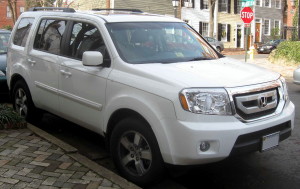 Who:
Who:
Megan H. Ogden, 38, of Arundel, drove her 2011 Honda Pilot at around 3 PM on 2/3/14 westbound on Alewive Road, close to Kennebunk Elementary, and caused a single vehicle collision. She was injured, as were her two children, aged 7 and 9.
How:
Megan was westbound and close to the elementary school when she drove the Pilot off the road, between a pair of trees, and into a rock retaining wall. She then rolled the Pilot and the vehicle ended up upright. She then drove away from the scene, continuing westbound on Alewive, before stopping the Pilot by a business. The Pilot suffered heavy structural damage with deployments of front and side airbags, a pair of flat tires, a shattered windshield, and significant intrusion and roof collapse above the front passenger cabin, as visible in the image. Megan suffered a broken nose and various lacerations, while her children also suffered lacerations. Police stated the DHS alerted them to a potential issue, and they drew Megan’s blood at the hospital, leading to the OUI charge. Megan has pled not guilty and now awaits trial.
Why:
This is a rather straightforward case of drunk driving that could easily have turned fatal under only slightly different circumstances, such as if she had driven the Pilot into oncoming traffic or into trees or buildings. However, with that said, what interests me most here is the crashworthiness of the vehicle that kept her and her children safe throughout the collision.
The 2011 Pilot has “good” front moderate overlap and side impact scores, but a “poor” small frontal overlap and “marginal” roof strength score. The deployment of the side airbags most likely saved the children and mother from experiencing severe injury or death during the rollover, while the front airbag helped the mother when she drove into the rock wall. The roof score, however, was also highly relevant, as its ability to retain much of its integrity prevented the family from being crushed during the rollover. Notice, however, the degree of roof intrusion over the front passenger cabin; it is likely that an individual sitting in that seat may have suffered serious injury or death. This is why crashworthiness is so important.
Of course, the biggest lesson from this story is not to drive drunk. However, additional factors also played a role in the family’s survival here. It is also likely that the children were strapped into booster seats such as those found in the Diono Rainier, that accommodates children up to 120 pounds, as booster seats significantly reduce the risk of injury or death to children in collisions by ensuring the seat belt is placed securely around the child’s lap and shoulder. Remember not to rush putting children into seat belts; booster seats exist for a reason, and are the better choice for most children until they’re 10-12 years old.
If you find the information on car safety, recommended car seats, and car seat reviews on this car seat blog helpful, you can shop through this Amazon link for any purchases, car seat-related or not. Canadians can shop through this link for Canadian purchases.

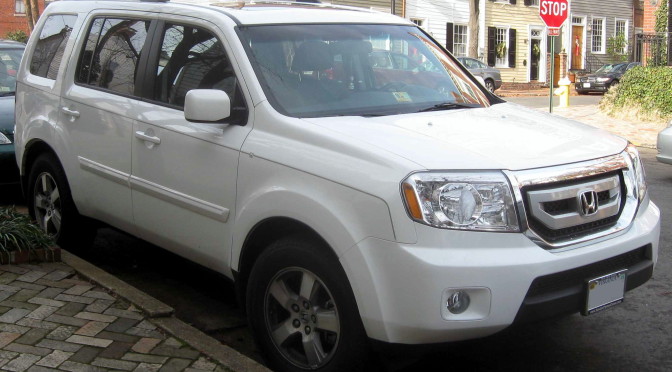
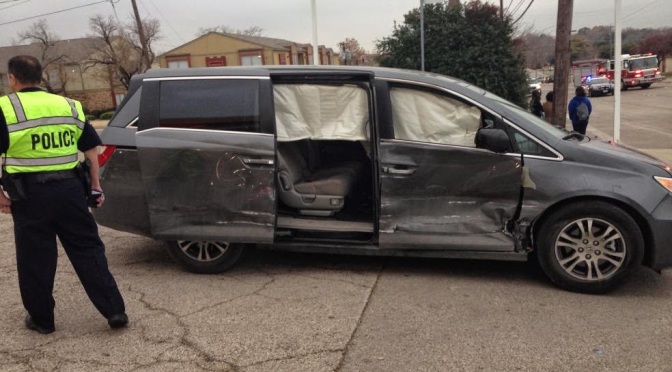
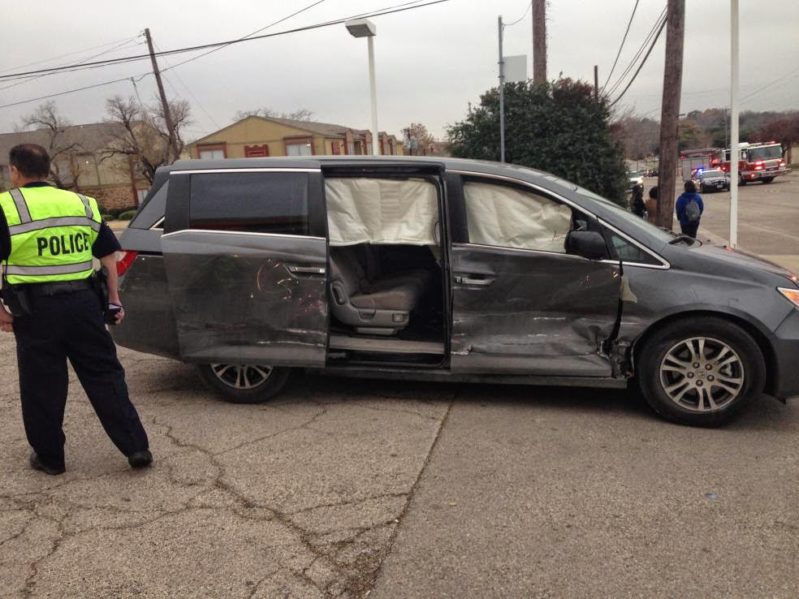
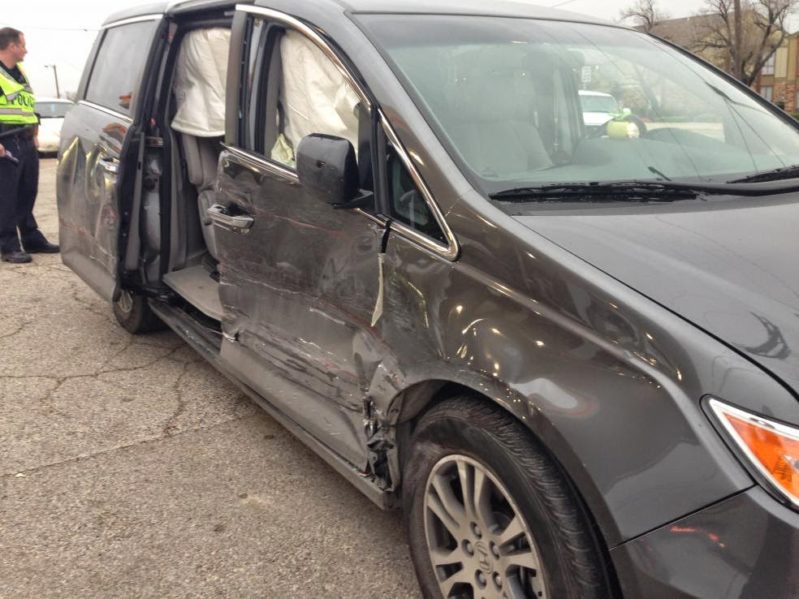 Fortunately, in this case, there were no fatalities. The collision was caused by the failure to yield of the F-150 driver. Fortunately, the relatively low speeds of the collision and the strong structural design of the Odyssey prevented fatalities or serious injuries.
Fortunately, in this case, there were no fatalities. The collision was caused by the failure to yield of the F-150 driver. Fortunately, the relatively low speeds of the collision and the strong structural design of the Odyssey prevented fatalities or serious injuries.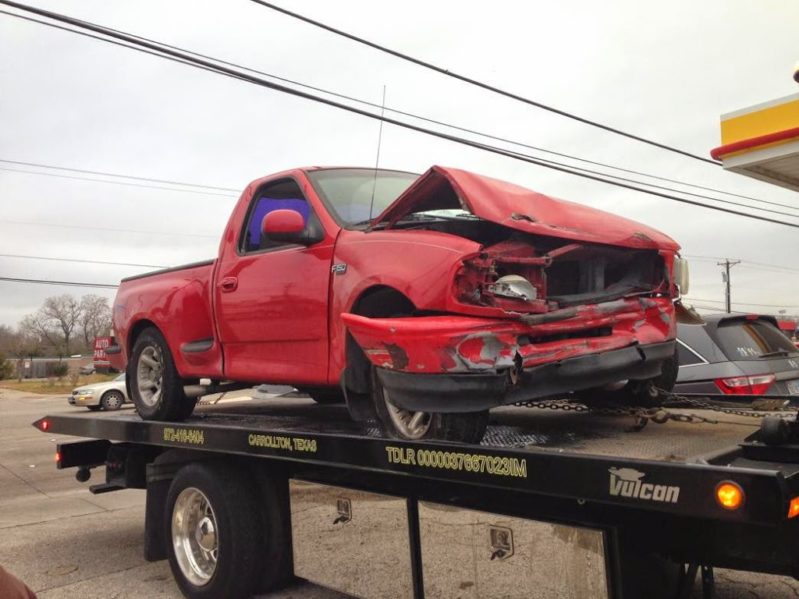 Given the likely speeds of the collision (I’ll estimate ~30 mph, based on front damage to the F-150), the collision likely imparted at least 183KJ of energy into the Odyssey / F-150. The standard side impact test simulates 143KJ of energy (a 3300-lb sled impacting a vehicle at 31 mph). In other words, the Odyssey faced 127% of the force it would have experienced in the types of crashes cars are side rated for. Given these forces and the side score of her vehicle, the Odyssey driver was virtually guaranteed to walk away from this collision, which she did.
Given the likely speeds of the collision (I’ll estimate ~30 mph, based on front damage to the F-150), the collision likely imparted at least 183KJ of energy into the Odyssey / F-150. The standard side impact test simulates 143KJ of energy (a 3300-lb sled impacting a vehicle at 31 mph). In other words, the Odyssey faced 127% of the force it would have experienced in the types of crashes cars are side rated for. Given these forces and the side score of her vehicle, the Odyssey driver was virtually guaranteed to walk away from this collision, which she did.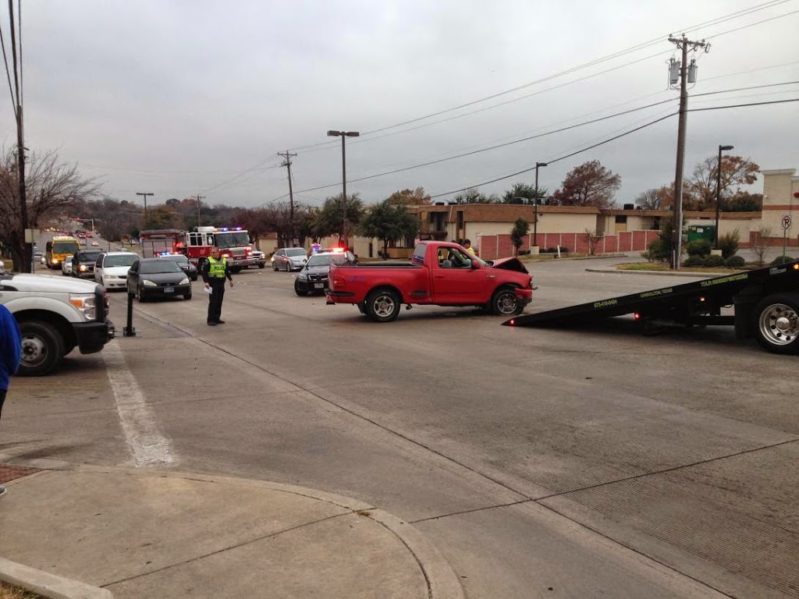 Such a case illustrates the importance of choosing a vehicle with a “good” side impact score. However, it also illustrates the importance of speed in such collisions. Had the F-150 been traveling at only 10 mph faster at 40 mph, it would have imparted nearly twice as much energy into the Odyssey, at 325KJ, despite only traveling 33% faster. I would still have expected the Odyssey driver to have survived such a collision, but in such a collision, she would likely have faced at least minor injuries, and it is quite possible that the F-150 driver would have died, or at least have faced serious injuries, given the poor frontal performance of his vehicle.
Such a case illustrates the importance of choosing a vehicle with a “good” side impact score. However, it also illustrates the importance of speed in such collisions. Had the F-150 been traveling at only 10 mph faster at 40 mph, it would have imparted nearly twice as much energy into the Odyssey, at 325KJ, despite only traveling 33% faster. I would still have expected the Odyssey driver to have survived such a collision, but in such a collision, she would likely have faced at least minor injuries, and it is quite possible that the F-150 driver would have died, or at least have faced serious injuries, given the poor frontal performance of his vehicle.